Tiny container houses. These have gained popularity in recent years as a sustainable and cost-effective housing solution. These houses are typically constructed using repurposed shipping containers, which are readily available and can be transformed into comfortable living spaces. The rise of tiny container houses can be attributed to the growing interest in sustainable living, minimalism, and the need for affordable housing options.
Contents
As urbanization continues to increase, the demand for compact and efficient living spaces has also surged, making tiny container houses a viable solution for many individuals and families.
The appeal of tiny container houses extends beyond their affordability and sustainability. These compact dwellings offer a unique and customizable living experience, allowing homeowners to embrace a minimalist lifestyle while reducing their environmental footprint.
With the rise of the tiny house movement, container homes have emerged as a practical and innovative housing alternative, challenging traditional notions of homeownership and architectural design.
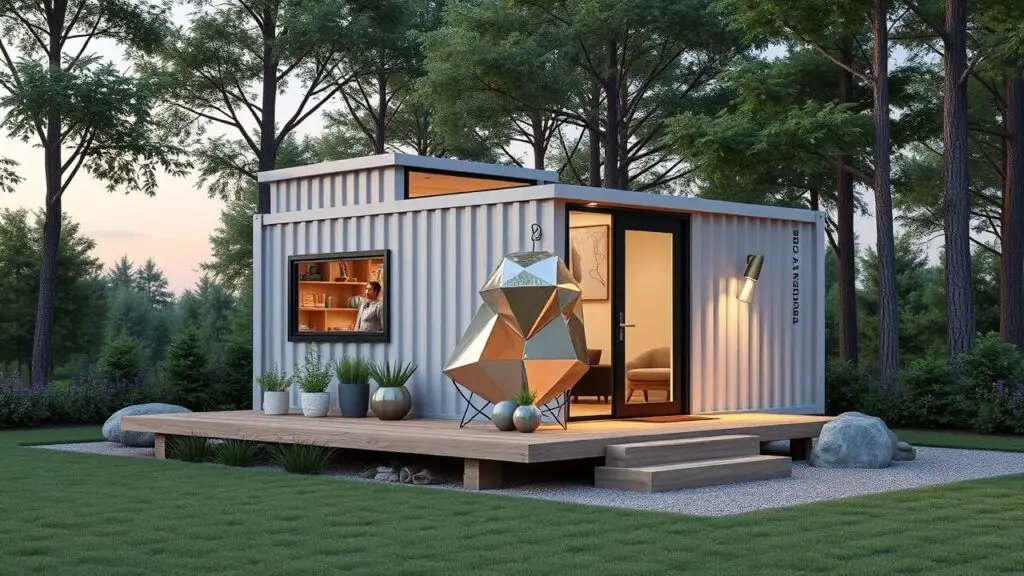
Sustainable Living: The Benefits of Tiny Container Houses
Tiny container houses are at the forefront of sustainable living, offering a range of environmental benefits. By repurposing shipping containers, these homes contribute to the reduction of waste and the conservation of resources.
Additionally, the construction process for tiny container houses often involves incorporating eco-friendly materials and energy-efficient systems, further minimizing their environmental impact.
The compact size of these homes also encourages a simpler and more sustainable lifestyle, as residents are compelled to prioritize essential living needs and reduce unnecessary consumption. Furthermore, tiny container houses can be designed to integrate renewable energy sources such as solar panels, making them self-sufficient and reducing reliance on traditional energy grids.
This emphasis on sustainability aligns with the growing global movement towards eco-friendly living practices and demonstrates the potential for tiny container houses to play a significant role in addressing environmental challenges.
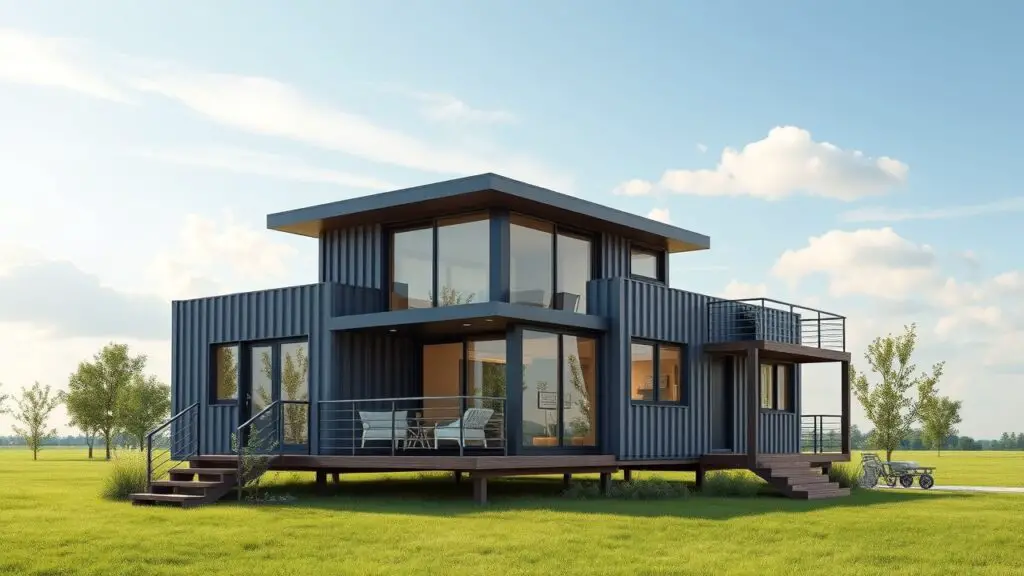
Design and Architecture: Innovations in Tiny Container Houses
The design and architecture of tiny container houses have evolved significantly, showcasing innovative solutions for maximizing space and functionality within a limited footprint. Architects and designers have embraced the challenge of transforming industrial shipping containers into modern, stylish homes that prioritize comfort and efficiency.
Creative design elements such as foldable furniture, multi-purpose storage solutions, and clever spatial arrangements have become integral to the success of tiny container house projects.
Moreover, advancements in insulation, ventilation, and sustainable building materials have enhanced the livability of these compact homes, ensuring that residents can enjoy a comfortable living environment regardless of the external conditions.
The integration of natural light and strategic placement of windows also contribute to an open and airy atmosphere within tiny container houses, dispelling any notions of confinement or claustrophobia often associated with small living spaces. For more information, visit CargoHome.
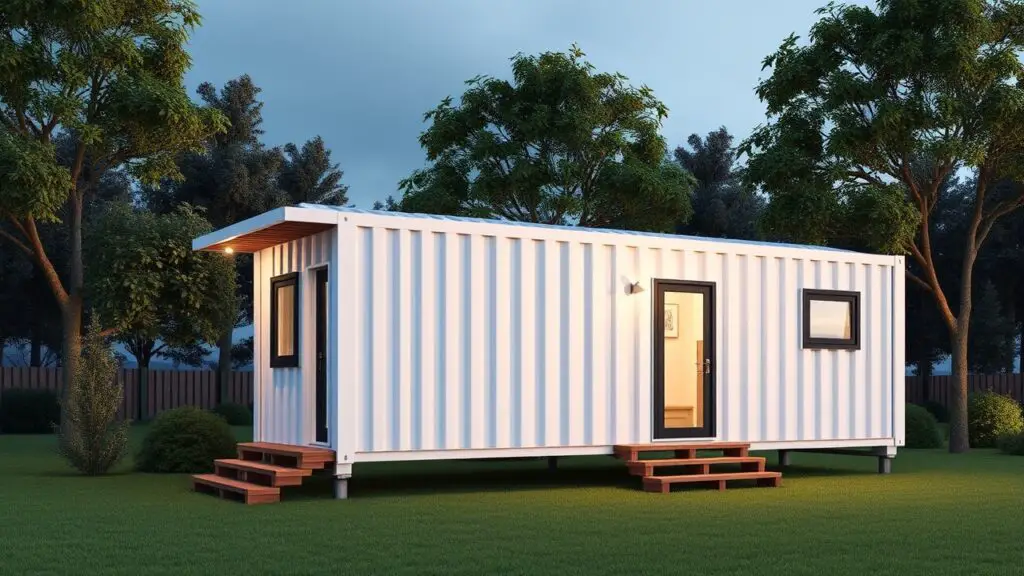
Cost-Effective and Eco-Friendly: The Appeal of Tiny Container Houses
One of the primary appeals of tiny container houses is their cost-effectiveness compared to traditional housing options. The use of repurposed shipping containers significantly reduces construction costs, making these homes an attractive choice for individuals seeking affordable homeownership.
Additionally, the energy-efficient design features of tiny container houses contribute to long-term savings on utility bills, further enhancing their economic appeal.
From an environmental perspective, the eco-friendly nature of tiny container houses aligns with the principles of sustainable living. By utilizing recycled materials and incorporating energy-saving technologies, these homes offer a greener alternative to conventional housing while promoting responsible resource management.
As the demand for sustainable and affordable housing continues to grow, the appeal of tiny container houses as a viable solution becomes increasingly evident
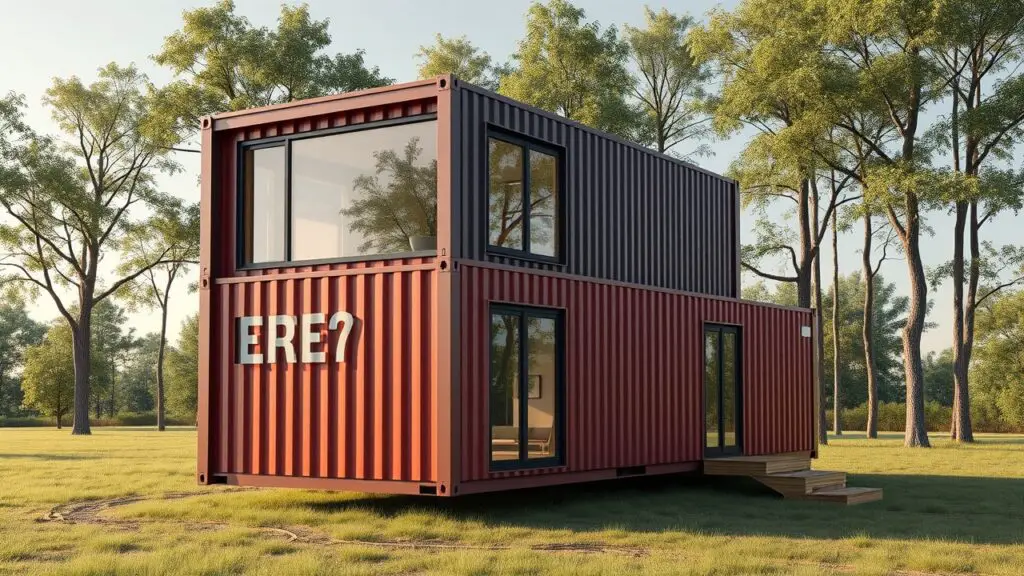
Overcoming Challenges: Living in a Tiny Container House
Living in a tiny container house presents unique challenges that require adaptation and thoughtful consideration. Space optimization is crucial in maximizing the functionality of these compact dwellings, necessitating creative storage solutions and efficient furniture arrangements.
Additionally, residents must be mindful of their consumption habits and prioritize essential belongings to avoid clutter and maintain a comfortable living environment.
Furthermore, insulation and climate control are essential considerations for ensuring year-round comfort within tiny container houses. Proper insulation and ventilation systems are vital for regulating indoor temperatures and minimizing energy usage.
While these challenges may initially seem daunting, many individuals who have embraced the tiny house lifestyle attest to the rewarding experience of simplifying their lives and prioritizing what truly matters.
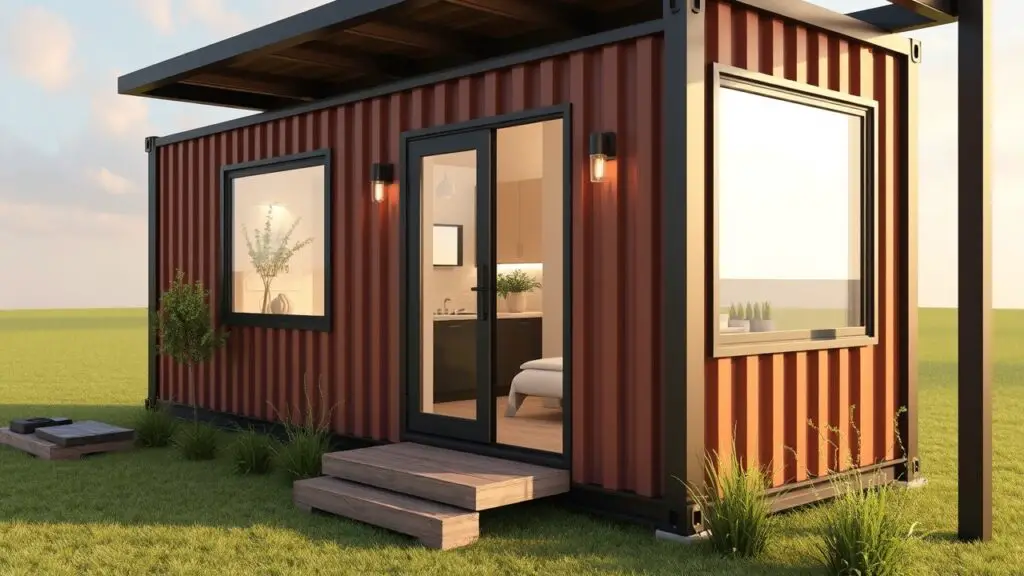
Tiny Container Houses: A Solution for Urban Living
In urban environments where space is limited and housing costs are often prohibitive, tiny container houses offer a practical solution for individuals seeking affordable homeownership without compromising on location or convenience.
The compact footprint of these homes makes them well-suited for urban settings, allowing for creative placement in densely populated areas or even on rooftops. As cities continue to grapple with housing affordability issues, tiny container houses present an opportunity to utilize underutilized spaces and provide sustainable housing options within urban landscapes.
Moreover, the mobility of container homes enables flexibility in urban living arrangements, allowing residents to relocate their homes if necessary without the constraints associated with traditional real estate transactions. This adaptability aligns with the dynamic nature of urban environments and offers a compelling alternative for those seeking a more flexible approach to homeownership in bustling city centers.
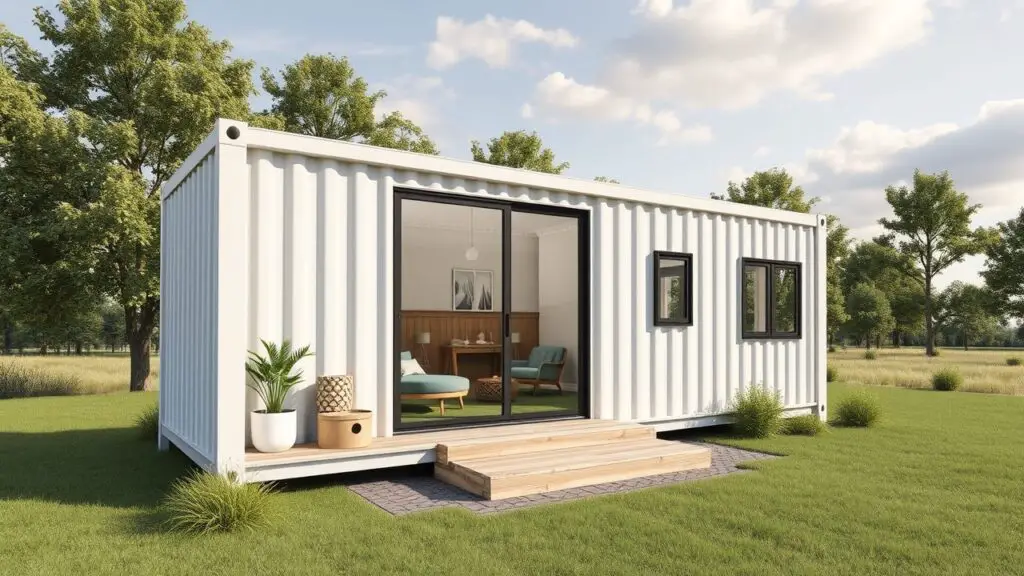
My Conclusion
As the global focus on sustainability intensifies, the future of sustainable living is intrinsically linked to innovative housing solutions such as tiny container houses. The versatility and adaptability of container homes position them as a viable option for addressing housing shortages, promoting eco-friendly living practices, and fostering a greater sense of community through shared living spaces or collaborative housing initiatives.
Furthermore, ongoing advancements in construction techniques, material innovations, and smart home technologies will continue to enhance the appeal and functionality of tiny container houses, further solidifying their role in shaping the future of sustainable living.
With an increasing emphasis on environmental stewardship and responsible urban development, tiny container houses are poised to play a pivotal role in redefining the way we approach housing and sustainable living practices in the years to come

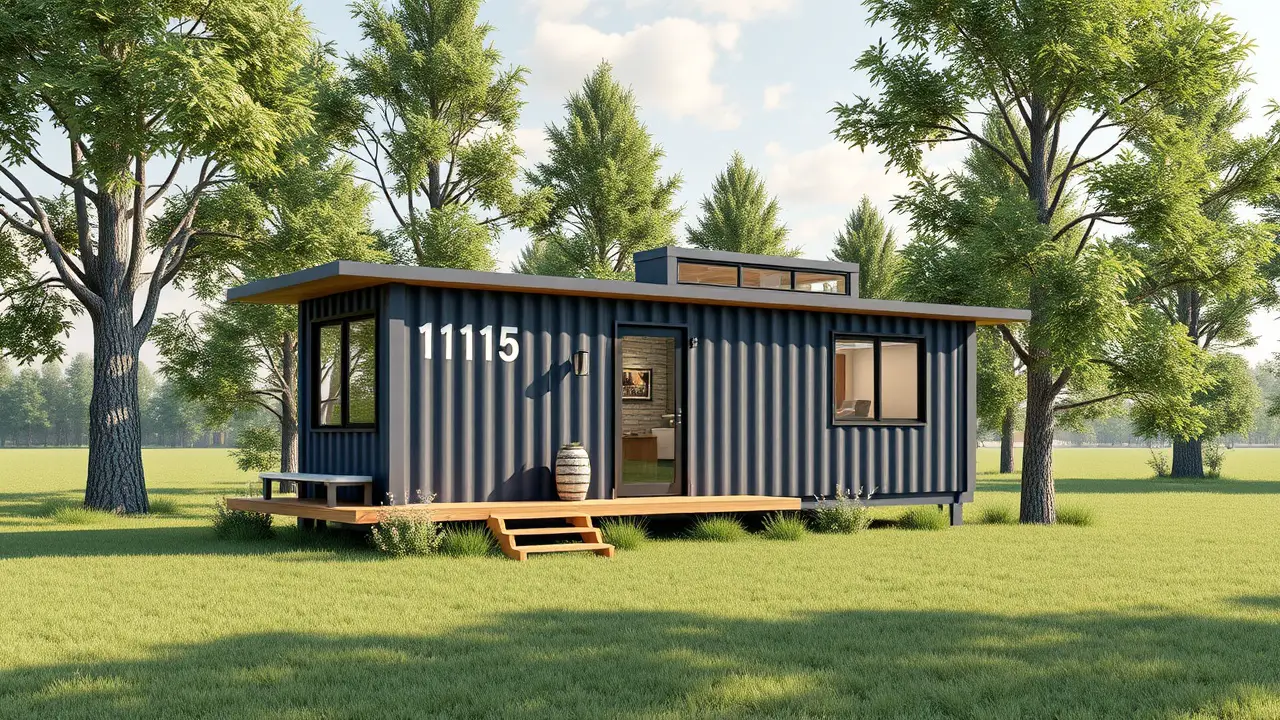






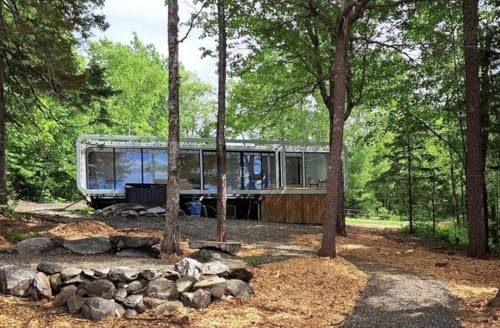

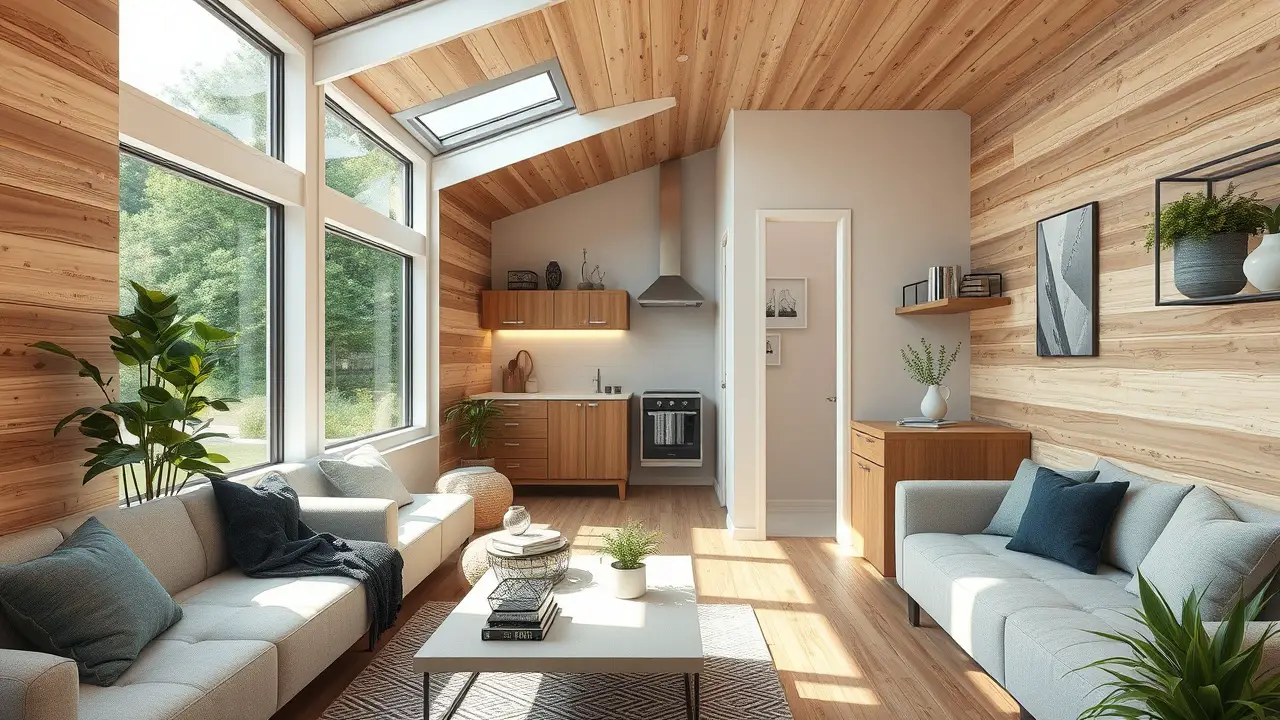
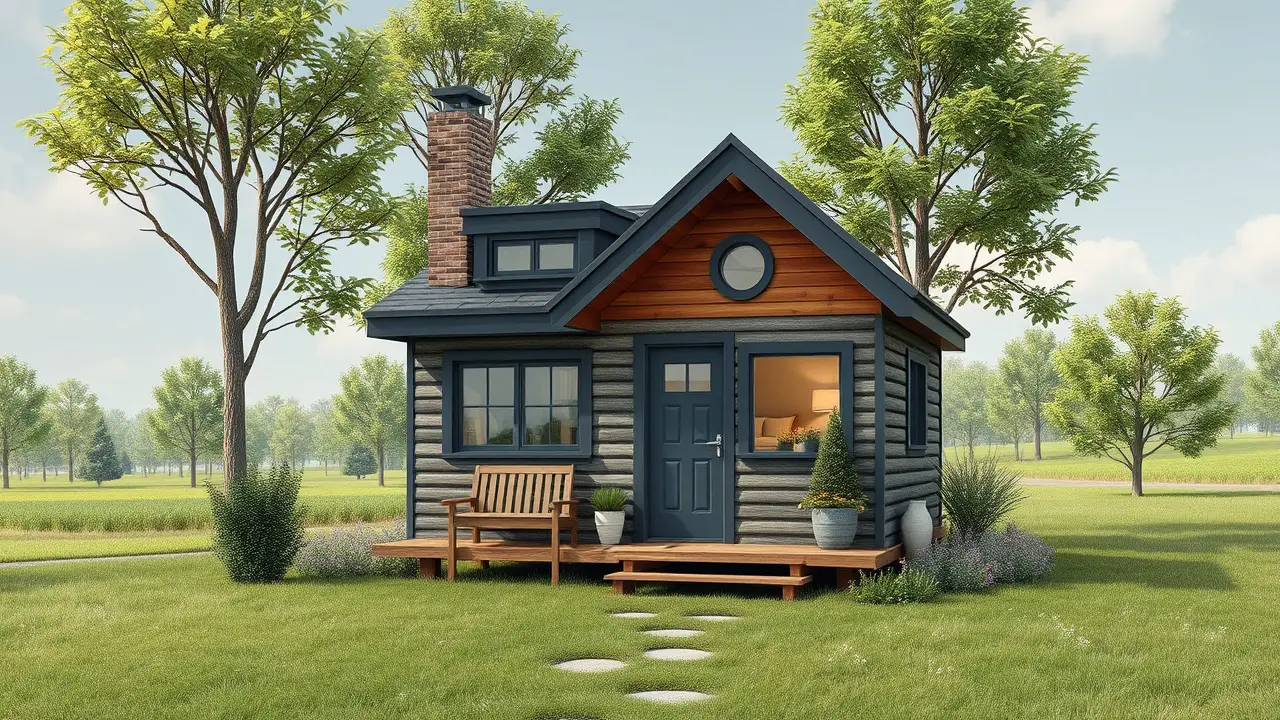
Leave a Reply